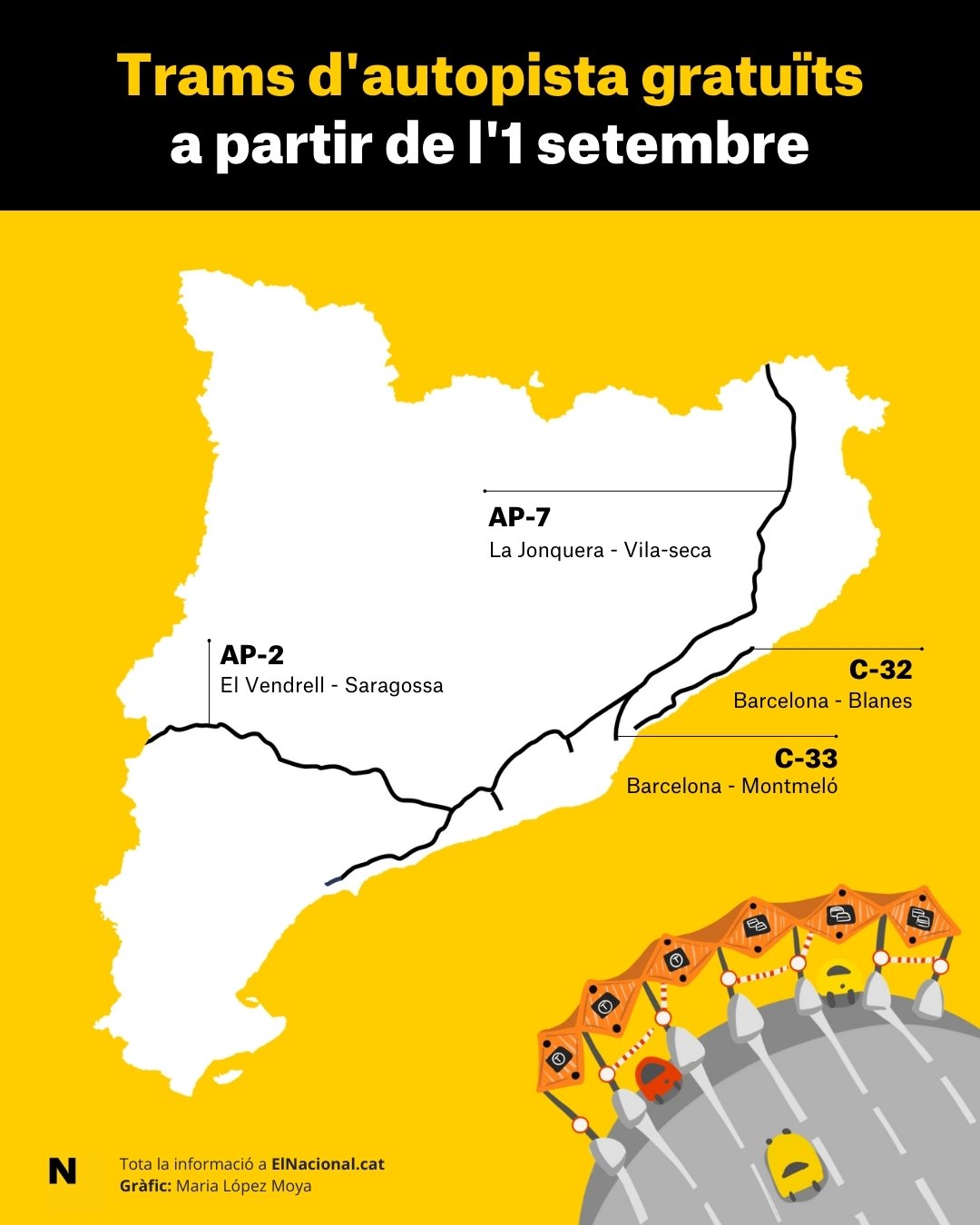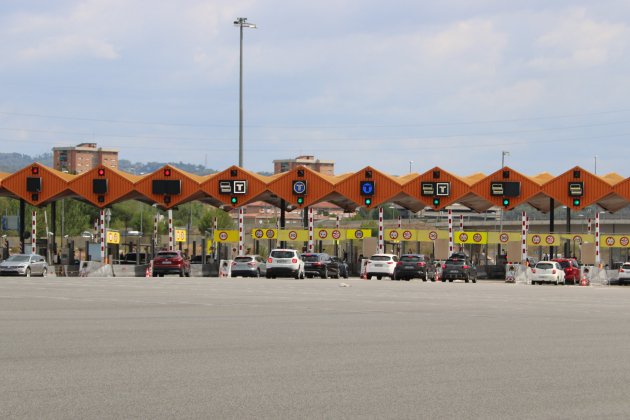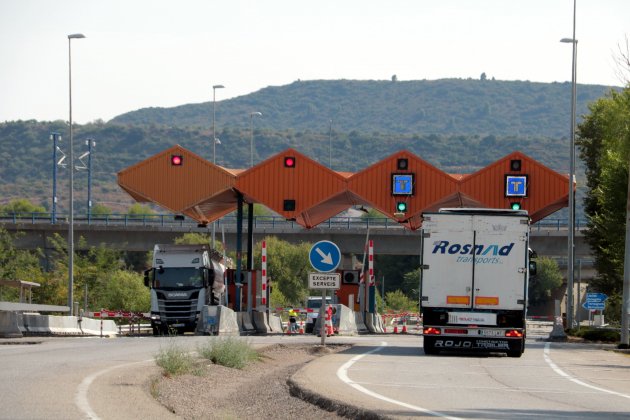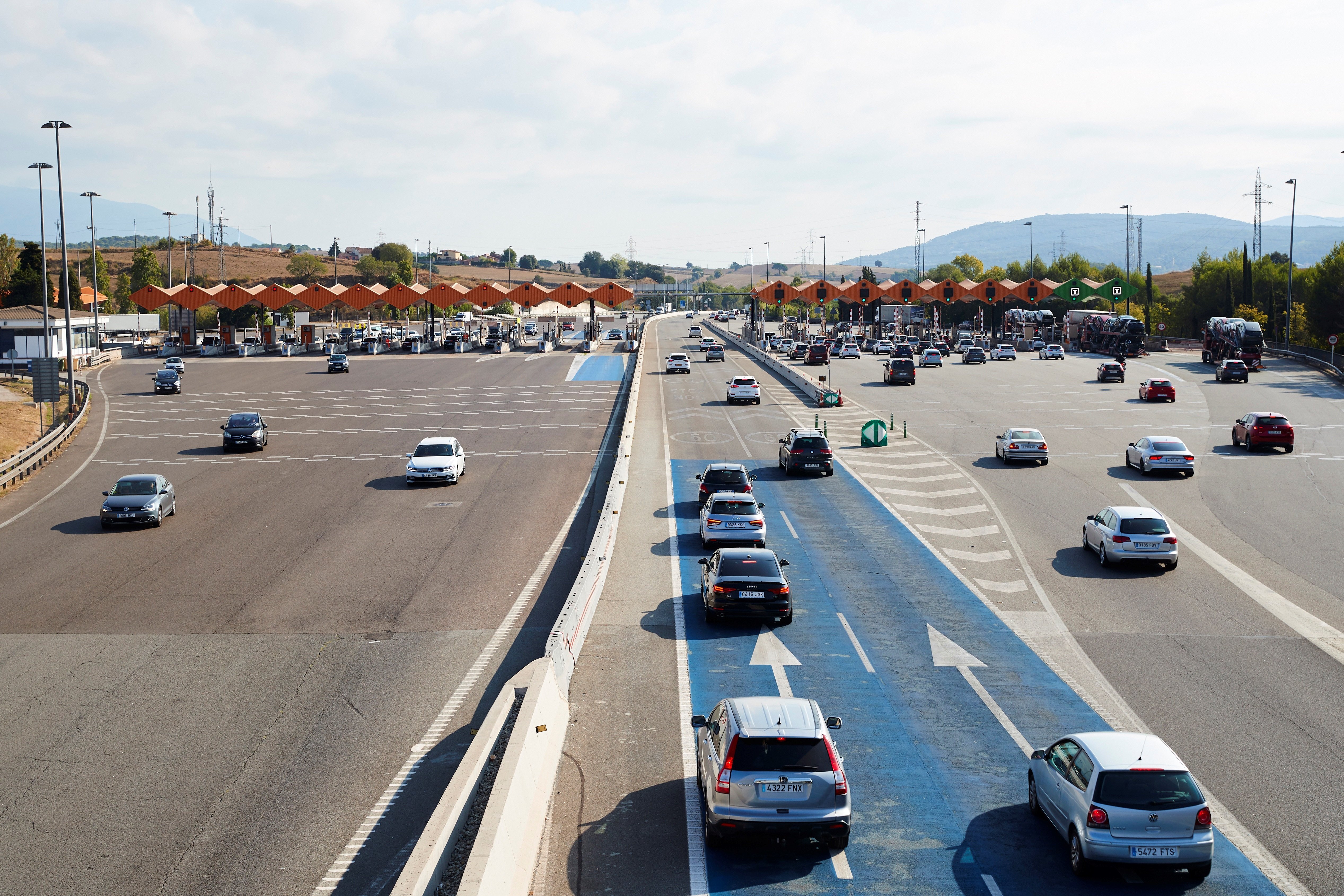For those who regularly travel across Catalonia by motorway, the end of August and start of September marks more than just a new calendar picture. On September 1st, Catalonia finally sees an end to most of its motorway tolls, as a total of 556 kilometres of highways will become, at least for the time being, completely free, as they will become the property of the Spanish state or the Catalan Generalitat.
The motorways which users will cease to be charged on are the main route west, the AP-2 (also known as the European E-90) from El Vendrell to Aragon, the north-south AP-7 (E-15) from La Jonquera as far as Vila-seca, both owned by the Spanish state, the coastal C-32 heading north from Barcelona to Blanes and the short stretch of the C-33 heading out of Barcelona to Montmeló. As a curiosity, among the tolls which will no longer be collected is the oldest user-pays highway in the whole Spanish state, the section of the C-32 as far as Premià.

As a result, Catalonia ceases to hold the dubious prize for being the territory with by far the most kilometres of toll highway in Spain. After many years leading this ranking - a major source of popular grievance - it will become the eighth-ranked autonomous community, and the unfortunate honour nows passes into the hands of Galicia. In fact, as of September 1st, Catalonia has only 120 kilometres of toll roads, a whopping 82 per cent reduction.
Specifically, motorists in Catalonia will still pay for the privilege of using four sections of highway, in concessions which expire between 2037 and 2039. These are the Cadí tunnel in the north, and three routes close to Barcelona: the Vallvidrera tunnels, the C-16 between Sant Cugat and Manresa and the C-32 south from Castelldefels to El Vendrell. In addition to these four sections, there are also routes that incorporate "shadow tolls", that is, highways for which the Catalan government pays a fixed rate to the concession holder for every car that travels them: the C-16 between Manresa and Berga, the C-14 between Reus and Alcover, the C-35 between Maçanet and Platja d'Aro, the C-17 between Vic and Ripoll, the C-25 or Eix Transversal from Girona via Vic to Cervera and the C-15/C-37 or Eix Diagonal between Manresa and Vilanova i la Geltrú.
What happens to motorway maintenance?
So, who now foots the bill for the maintenance of the routes which your toll payments formerly funded? With regard to the C-32 North and the C-33, the Catalan government has announced that it will allocate 8.4 million euros to a consortium to carry out this maintenance. In addition, this contract, valid until February next year, also includes the dismantling of the 38 toll booths on both motorways.

Image of the Martorell toll plaza, on the AP-2 / ACN
On the other hand, the Spanish transport ministry, the proud new owner of two major Catalan routes, the AP-2 and AP-7, already tendered seven contracts for the care and maintenance of the two motorways last April - worth a total of 137 million euros, which in theory will come from taxes collected all across Spain instead of directly out of the pockets of the mostly-Catalan users of the highways. Here again, a sizeable proportion of the first contract - 18.4 million euros, plus 8.8 million euros from tax income, into the work of dismantling the 48 toll plazas that currently exist on the AP- 7 from Salou to La Jonquera and the AP-2 between El Vendrell and the border with Aragon.
How will all this affect traffic?
Making these high-capacity motoways into free routes means that traffic on these stretches will increase significantly. However, according to the ministry, and with appropriate modifications, this could mean better distribution of traffic on Catalan roads as well as improvements in road safety, and reductions in congestion and pollution.
In the case of the C-32 North, the Catalan government believes that it will absorb significant proportions of vehicles which currently use the N-II, specifically 11% between Masnou and Premià, 2% at Mataró, 21% between Caldes d'Estrac and Arenys and 31% at Santa Susanna. In the case of the C-33, the Catalan government believes that with the elimination of the Mollet toll, this route will gain up to 20% of the vehicles from the C-17 to Mollet and 10% as far as Montmeló.
Which Spanish communities now pay the most tolls?
With the huge reduction of toll routes in Catalonia, the Top Ten toll-blighted communities in the Spanish state changes somewhat. As already noted, Galicia takes over the number one spot from Catalonia with 330.8 kilometres of pay highways. Second place goes to the Basque Country, with 248 km, and third is Castilla-La Mancha, with 214 km. Behind them are Castilla y León with 201 km, the Community of Madrid (158 km) and Andalusia (157.4 km). Just before Catalonia is Navarra, which will still have 151 kilometres of toll roads.
La Rioja will be the ninth community with the most toll routes with 119 kilometres, followed closely by Murcia (114 km). Happily bringing up the rear of the rankings, with less than 100 kilometres of user-pay roads are the Valencian Country (80.6 km), Aragon (54.8 km) and Asturias (21.9 km). Extremadura, Cantabria, the Balearic Islands, the Canary Islands, Ceuta and Melilla have no toll roads.

Two trucks at the Borges Blanques toll booth on the AP-2 - ACN
Improvements for lorries
One of the sectors that will benefit most from the lifting of the toll barriers will be the truckers - transport companies and drivers. Specifically, this industry has calculated that the elimination of tolls on the two major highways will save each carrier about 2,000 euros per year.
In a statement issued on Monday, the Transport and Logistics Association of Catalonia celebrated the end of tolls, recalling that every day more than 12,000 trucks roll towards the French border and that since 2013 tolls have been "mandatory" for lorries, as heavy traffic on the old N-II route was banned.

